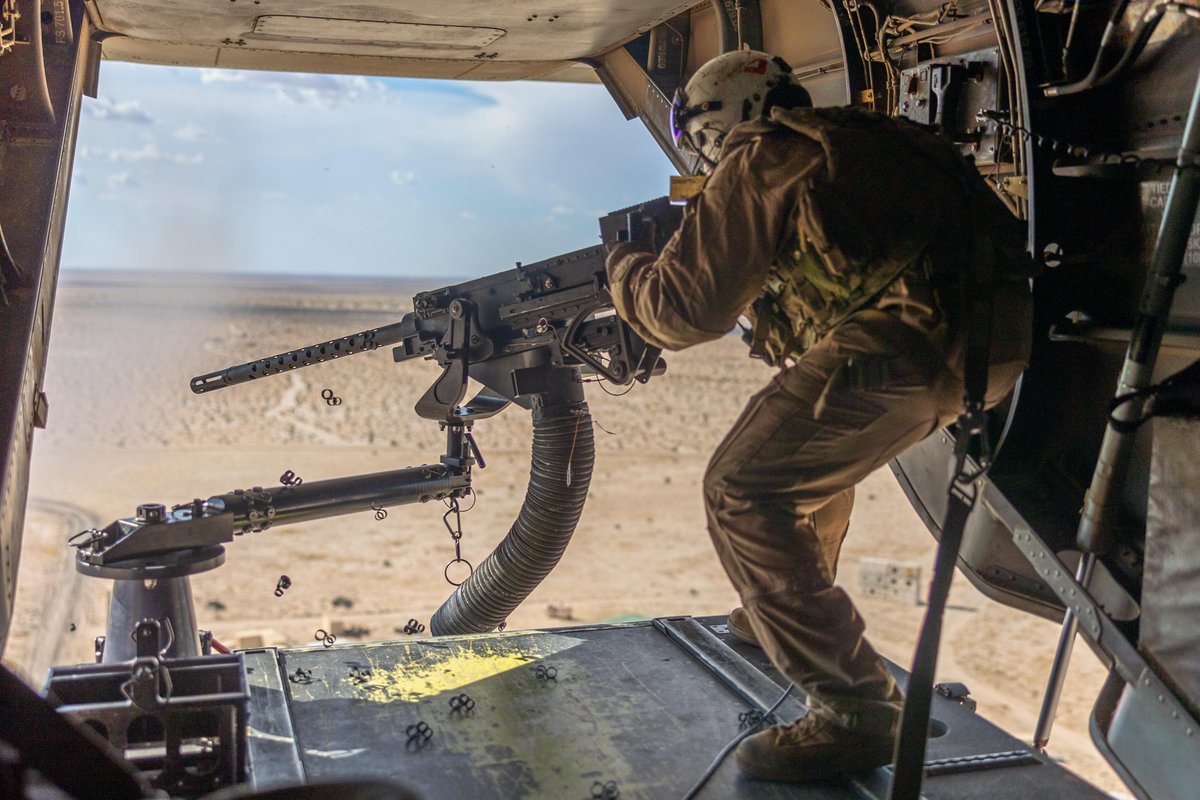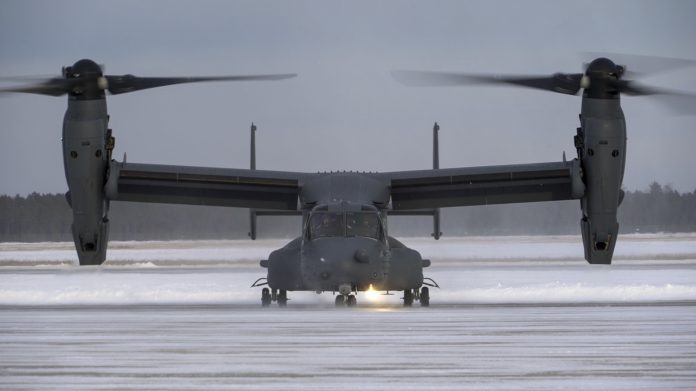The United States Air Force has resumed flights of its fleet of CV-22s near Yokota Air Force Base in western Tokyo as of Tuesday, July 2nd. This decision comes after a fatal crash of a CV-22 from the Air Force Special Command near Yakushima Island off the coast of Kagoshima prefecture on November 29th, 2023, resulting in the deaths of all eight on board.
The United States Marine Corps resumed flights on its MV-22 just days after the worldwide ban was lifted. The Marine Corps deployed 24 MV-22s to Futenma Air Station at Ginowan, Okinawa, whereas the Air Force has five stationed at Yokota Air Base in Tokyo, not counting the crashed one.
The Japanese Ground Self-Defense Force has also resumed flights as of March, after grounding its Ospreys fleet at Camp Kisarazu in Chiba Prefecture, near Tokyo.
The United States military has not yet confirmed the cause of the accident, leaving locals worried about the operational safety of the Ospreys.
The V-22 Osprey
The Bell-Boeing V-22 “Osprey” is a tilt-rotor aircraft with vertical takeoff and landing (VTOL) as well as short takeoff and landing (STOL) capabilities and is designed to fill a multi-mission role, notably transport. The idea behind the Osprey is to have the functionality of a regular helicopter combined with a regular aircraft’s greater speed and range, resulting in an increased scope of operations.
Twin Rolls-Royce AE 1107C turboshaft engines power the V-22, outputting 6,150 hp (4,590 kW) at 15,000 rotations per minute with the ability to travel at speeds up to 316 mph (509 km/h), an effective combat range of 450 miles (720 km), and a service ceiling of 25,000 feet (7,620 meters). The engines can tilt to a 90-degree angle after vertical takeoff to fly faster, all in less than 12 seconds. The range, speed, service ceiling, and multi-mission designation give the V-22 an advantage compared to helicopters. the V-22 also does not require a tail rotor.
One tradeoff for this, however, is less capacity for equipment. The Osprey’s maximum takeoff weight is around 47,500 lbs. (21,546 kg) for vertical takeoff, 55,000 lbs. (24,948 kg) for short takeoff, and a maximum ferrying weight of 60,500 lbs. (27,442 kg). The maximum cargo that can be carried internally is around 20,000 pounds (9,100 kg) and externally, 15,000 pounds (6,800 kg).
For comparison, the CH-53E “Super Stallion” can carry 32,000 lbs. (14,515 kg) internally and 36,000 lbs. (16,329 kg) externally, with a maximum takeoff weight of 73,500 lbs. (33,339 kg).
The V-22 can be equipped with a few armaments, such as the M240 and the GAU-17 Minigun, both chambered in .308 (7.62x51mm) or the M2 Browning machine gun in .50BMG (12.7mm).

The V-22 is in service with the United States Marine Corps with the MV-22B, the United States Air Force with the CV-22B, which features an increased fuel capacity for longer-range missions, and the United States Navy with the CMV-22B, with larger fuel tanks and longer-range radios.
Outside the United States, Japan is the only other nation that operates the V-22.
Importance of the V-22
Keeping the fleets of V-22s operational is key for the United States and Japanese forces within the area of Japan.
A big advantage to the Osprey in an area such as Japan or the Indo-Pacific as a whole would be the Osprey’s maneuvering capabilities and quicker deployment, giving an edge to Japanese and American troops delivering supplies or personnel, compared to China. The fast, quick movements of the Osprey could also make it harder to track the movement of U.S. troops and supplies, given the ability to quickly relocate between positions, such as outposts or small bases. This gives the United States Marine Corps and Japanese Ground Self-Defense Force an advantage that other militaries in the region currently do not have.
The United States and Japan also have an advantage just by having tilt-rotor aircraft like the V-22, as it could be the future for transporting cargo and deploying troops, as the technology for tilt-rotor aircraft improves. The capabilities may surpass those of traditional helicopters in the future, as they already do in a few categories. The Osprey is also easier to store on ships or smaller air bases, given the reduced size compared to heavier-duty helicopters, allowing more to be stored or transported.

